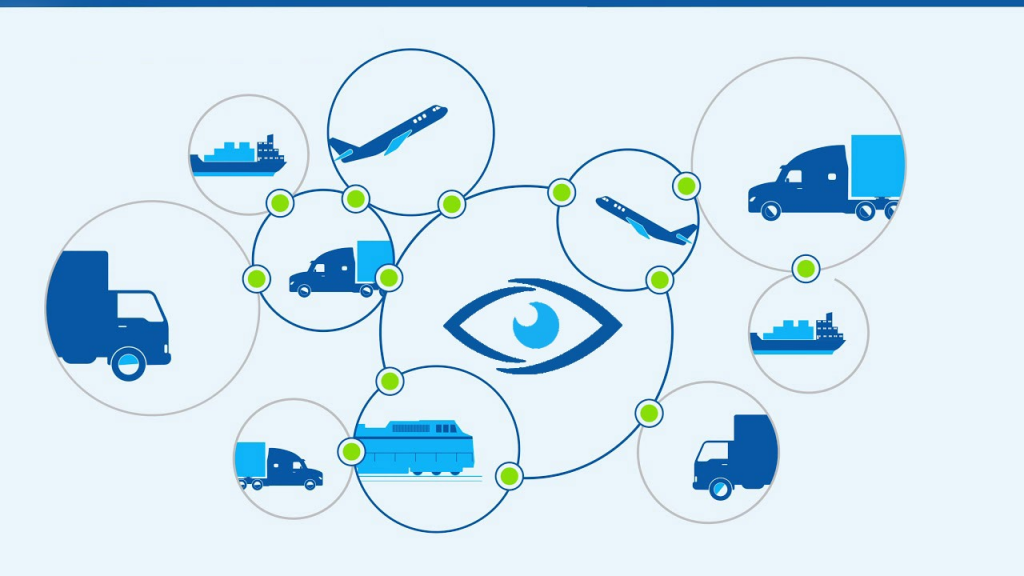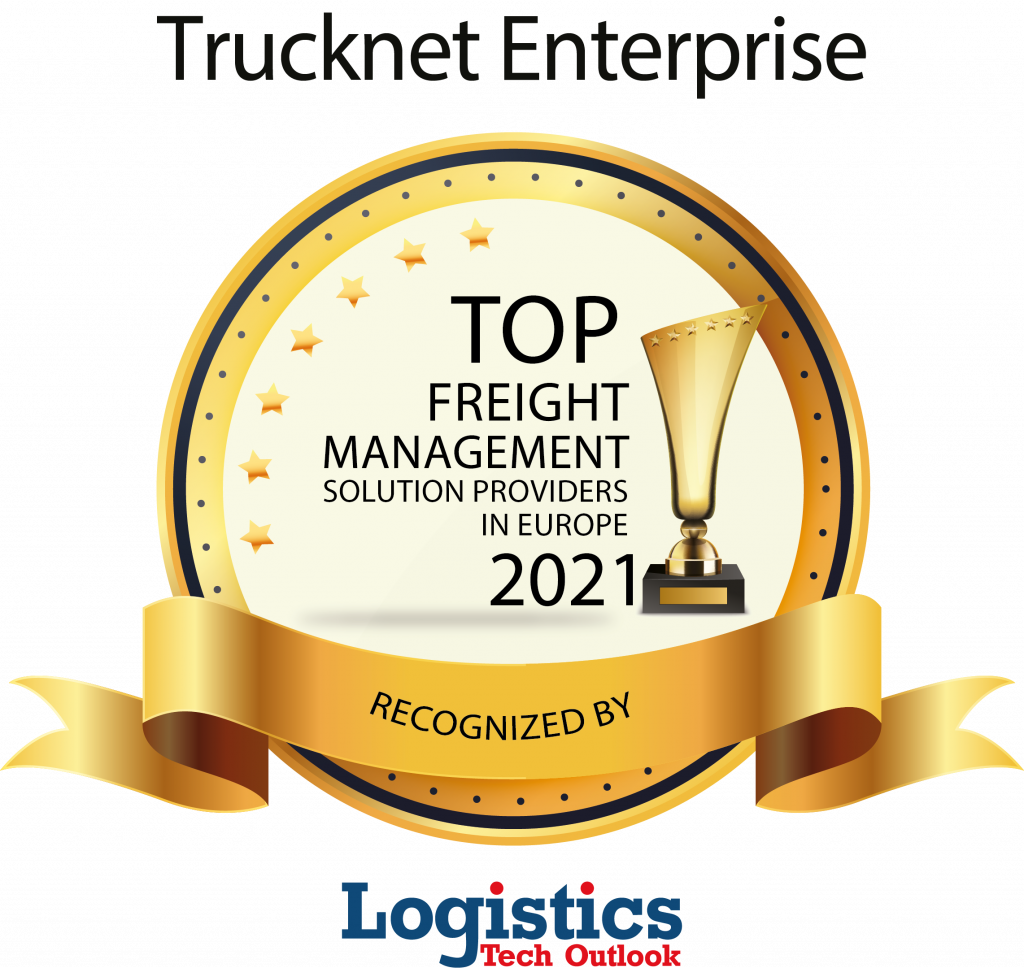Supply chain visibility
In simple terms, supply chain visibility refers to when a company can see and fully understand the procedures of its supply chain from A to Z. Though this may seem simple, it can be extremely difficult to achieve for many companies. According to Resilience360 (launched by DHL in 2012) and The Business Continuity Institute, 73% of companies globally experienced detrimental supply-side disruption as a result of the COVID 19 pandemic in 2020.

SCV is the transparency of, and access to, data relating to every traceable component of the entire supply chain. For retail operations, this definition includes tracking goods from the supplier all the way to the end customer. In an ideal situation, the fleet manager (or the person responsible for managing the chain) would have complete access to the status of all data. Regarding the cargo industry this would include:
- All details of the cargo such as a form with regulatory and tax information according to country requirements. This will ensure that as soon as cargo arrives at the warehouse, all necessary documentation is ready;
- Status of cargo ready to be loaded (warehouse layout, container movement at port/airport);
- Supplier management programs and status;
- Estimated time of delivery (ETD) taking into consideration traffic and weather conditions;
- Updated information about the location of goods and/or containers would provide the possibility of reusing an inbound container for outbound delivery. Operations would be faster and smoother while reducing the number of rides of empty containers, leading to a decrease of CO2 emissions. This information helps with planning appropriate warehouse space and optimizing time;
- Customer and regulatory information;
- Current order status.
Visible Commerce is a concept that promotes collaboration of technology and data to bring about more transparency to the supply chain. This idea represents a transparent exchange of money, goods and services with the availability of data, thereby empowering people to make more effective and ethical business decisions. It actually means knowing what and who is underneath all those transactions that bring products into our lives.
Supply Chain Visibility is not only a way to access data linked to delivery processes, rather it offers companies the ability to stay well-informed of their extended supply network. With efficient integration within systems, high visibility can provide sufficient time to resolve detected errors straight away.
One of the main challenges that companies face is dealing with the huge number of unconnected platforms available to manage cargo deliveries. Trucknet’s platform offers connectivity throughout the transportation process, thereby providing visibility.
With a high visibility supply chain a company can:
- Avoid supply chain disruption: there are many reasons for delivery problems including human factors, adverse weather conditions, traffic and road circumstances, malfunction of vehicles and more. SCV is critical for preventing errors and planning in order to avoid disruption.
- Meet customer needs: real-time monitoring and analysis help companies better address customer needs. Unfortunately, often companies only have visibility up to their Tier 1 suppliers, due to fragmented data across multiple systems.
- Make data-based decisions: manual updating processes of supplier information is time consuming and lacks both data accuracy and cost efficiency. On the other hand, an intelligent platform will consolidate data and with predictive analytics, an innovative technique for making predictions, can be used to improve supply chain management.
- Choose the right suppliers: Every company has its ethical standards and would like partners who share the same ideas. In this manner, your supplier becomes an extension of your company’s image and reputation. Therefore, business partnerships that align with company ethics will be more stable financially.
Covid-19 has shown the world that investing in supply chain visibility is a necessity. Supply chain visibility begins with a process that a company must undertake to ensure optimal efficiency. To achieve supply-chain excellence, a collaborative effort is essential between all players in the network for improving performance.

“This digital age requires leaders to be visible and authentic and to be able to communicate the decisions they’ve made and why they’ve made them, to be able to acknowledge when they’ve made a mistake and to move forward, to engage in the debate.”
Gail Kelly, former CEO of Westpac bank, was named 8th most powerful woman in the world by Forbes in 2010.



